Shrine guardian dog statues/Guardian lion-dog statues【Komainu:狛犬】
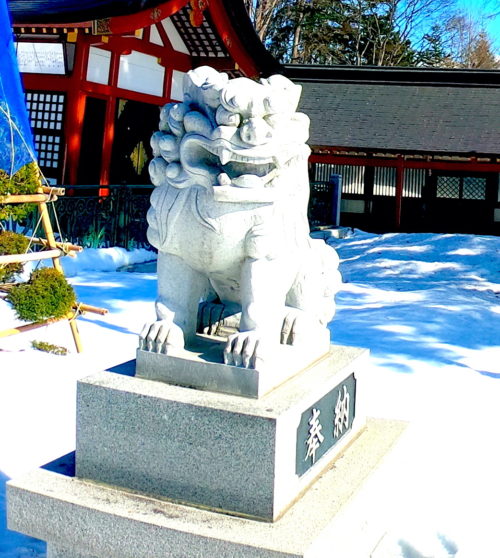
If you visit a shrine or temple, you will find “Komainu” in front of the approach and torii gate.Many shrines and temples have “Komainu,” but they actually play a very important role.Knowing “Komainu” will increase the enjoyment of visiting shrines and temples, so be sure to remember it.
神社やお寺を訪れたときに、参道や鳥居の前に狛犬を見ることがあると思います。多くの神社やお寺には狛犬がありますが、実はとても大切な役割があるのです。狛犬について知っておくと神社やお寺を訪れるときの楽しみが一つ増えますので、ここでぜひ覚えておきましょう。
Symmetrical pair ”左右一対”
There is a pair of statues in front of the approach and the torii gate. Did you know that the lion is on the right and Komainu on the left? Several shrines have various statues. Some statues have a ball in their mouth, but there are various theories, so it is very interesting to know the reason.
参道や鳥居の前などに左右一対の像がありますが、右側が獅子、左側が狛犬であることはご存知でしょうか。神社によっては玉を抱えていたり、子犬を抱えてたりしているものもあります。また、口の中に玉をくわえている狛犬や獅子がありますが、こちらも諸説あるので、その所以を調べてみるととても興味深いものがあります。
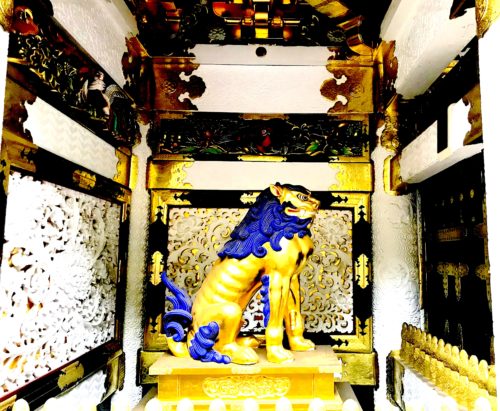
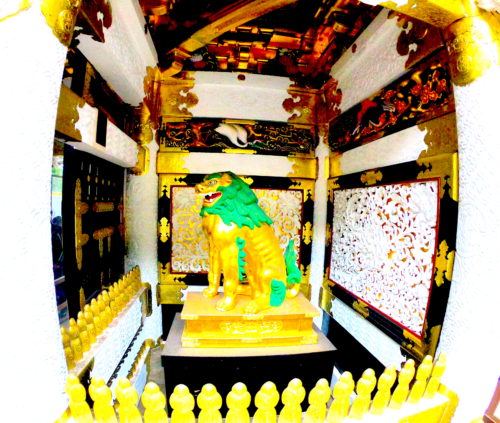
Why are there Shrine guardian dog statues? ”狛犬の役割とは”
Do you know why Komainu is there? Many shrines and temples have a lion on the right and Komainu on the left. Originally, there are no lions in Japan. (The lions in the zoo are imported from abroad) The origin of Komainu dates back to the ancient Mesopotamian civilization of Egypt. The lion is a symbol of power and is famous for the Egyptian Sphinx built to protect the temple. The statue of the lion was transmitted to India through the Silk Road. In India, lion statues were placed on the left and right. The statue of a lion was introduced to China and then came to Japan. Temples and shrines are sacred places, and because gods pass through them, lions and Komainu are guardian deities.
なぜ狛犬があるのでしょうか。多くの神社仏閣では、右側に獅子、左側に狛犬が建てられています。獅子はライオンのことですが、日本にはライオンはいません。(当然、動物園のライオンは海外からの輸入品)起源は、古代エジプト・メソポタミア文明まで遡ります。ライオンは強さと権力のシンボルであり、神殿を守るために置かれたエジプトにあるスフィンクスが代表的です。その文明がシルクロードを通りインドに渡り、左右に置かれるようになりました。そして、中国に渡って唐獅子などに変化し、その後、日本に伝わったとされています。お寺や神社は神聖な場所であり、参道は神の通り道とされていますので、獅子や狛犬は神域に邪気が入らないようにする守り神とか魔除けといった意味合いがあるのです。
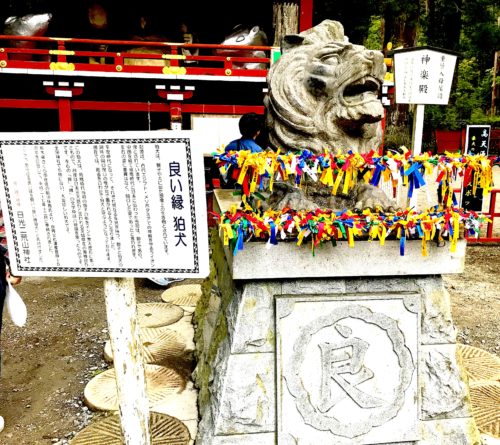
Communicable without word (A-Un no Kokyu) “阿吽の呼吸”
The lion on the right has an open mouth (A). Komainu on the left has his mouth closed (Un).In ancient Indian Sanskrit, (A) means the beginning and (Un) means the end.In other words, (A-Un) means the beginning and the end, and has a great meaning in Buddhism.(A-Un no Kokyu) means that opposing things work together and breathe together. It’s a way to convey the heart, not the words.The statue of Nio (Kongo Rikishi) seen at the temple is a pair, and the expressions are (A) and (Un).You can see it at Sensoji Temple, Kofukuji Temple in Nara, Todaiji Temple, etc., so please pay attention to its expression.
右側の獅子の表情は、口を開けて(「あ/阿形」)います。左側の狛犬の表情は、口を閉じて(「うん/吽形」)います。古代インドのサンスクリット語で、阿(あ)は始まりを意味し、吽(うん)は終わりを意味します。つまり、阿吽は始まりと終わりを意味しており、仏教では大きな意味をもつものです。「阿吽の呼吸」とは、相対するものが息を合わせるほどに共に行動するという意味があり、言葉がなくても心が通じ合っている様子を表現したものです。お寺で見られる仁王像(金剛力士像)は、二体一対で立っていますが、その表情は阿形と吽形です。浅草寺や奈良の興福寺、東大寺などで見られますので、ぜひその表情に注目してください。
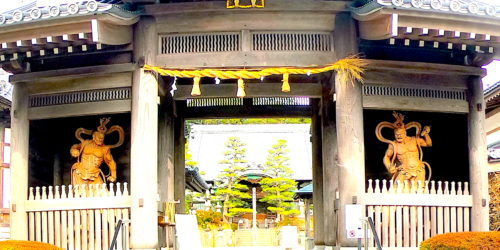
Statues other than dogs and lions ”狛犬や獅子以外の像がある”
Some shrines are not Komainu or lions. In Shinto, it is called the messenger of the god, and foxes of Inari Shrine, cows of Tenmangu, and deer of Kasuga Taisha are typical examples. Some shrines have snakes, tigers, wolves, monkeys, etc., but some do not have Komainu. Komainu does not exist in shrines and temples built before the Heian period. Ise Jingu does not have Komainu either. The shisa found in Okinawa has roots in the ancient Mesopotamian civilization of Egypt, but it seems that the meaning and method of worship are different. The shisa is placed in the house, not in the shrine, in front of the house roof or entrance. Like Komainu, it is a pair of left and right. The left is a female, a statue with happiness that calls for happiness. On the right is a male, a statue that protects against a disaster with open mouth. (There seems to be controversy about the difference between men and women.) The idea of A-Un was passed on to Shisa. Shisa establishes a barrier between men and women, protecting the house from evil spirits. Therefore, it is said that it is more effective to place the two pairs at a distance, and place them diagonally.
神社によっては、狛犬や獅子ではない場合もあります。神道では神使(しんし)と呼ばれ、稲荷神社の狐、天満宮の牛、春日大社の鹿がその代表的な例です。蛇や虎、狼、猿などがいる神社もありますが、狛犬そのものがない神社もあります。狛犬の伝来以前に建てられた神社にはない場合があり、伊勢神宮に狛犬は存在しません。・沖縄で見られるシーサーは、同じ古代エジプトメソポタミア文明がルーツとされていますが、その意味と祀られ方が違うようです。獅子(しーしー)が語源とされていて、神社ではなく家庭に置かれ、家の屋根の上や玄関前に置かれています。魔除けや福を呼ぶとされており、狛犬同様、左右一対で、左が雌で口が閉じている守り神として福を呼び込む効果があるとされ、右は雄で口が開いている魔除けとして災難から守る効果があるとされています。(雄と雌の区別には議論があるようです)阿吽の思想はシーサーにも引き継がれており、雄と雌で結界を張り、家を邪気から守っています。そのため、二対を少し離し、斜めに置くとさらに効果があると言われています。
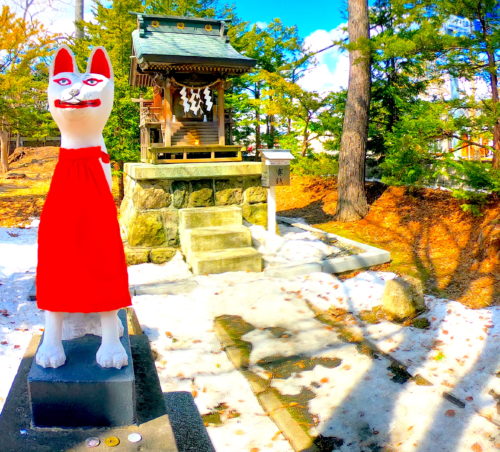
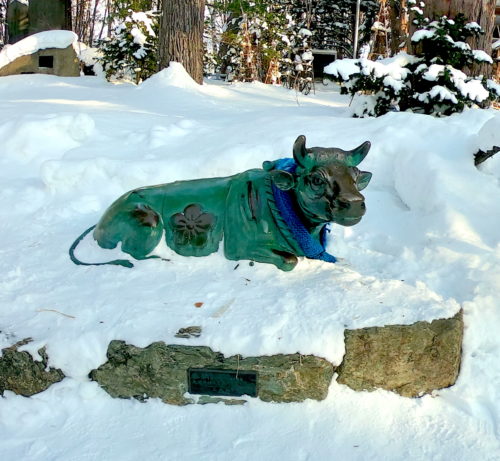
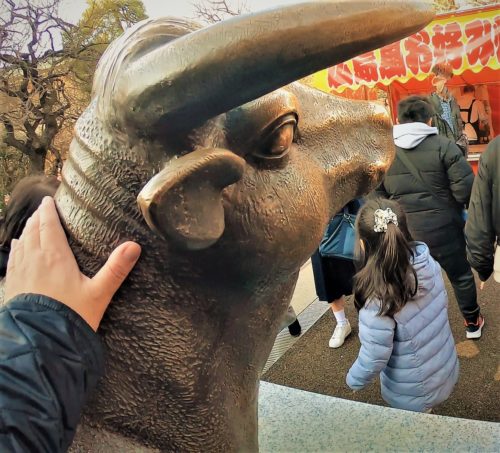



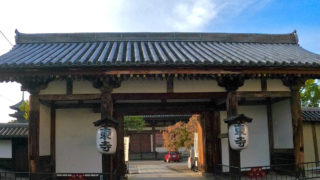

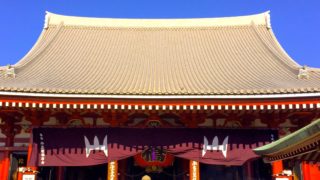
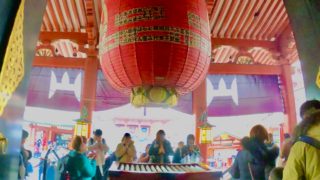
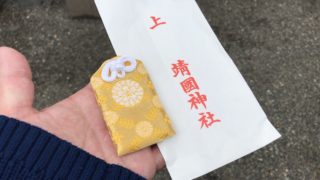

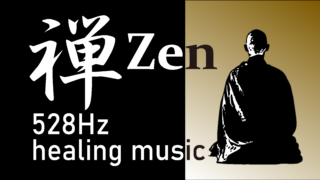
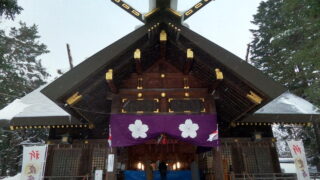
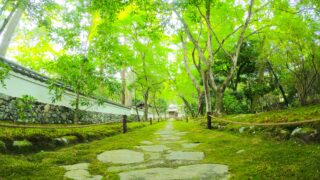
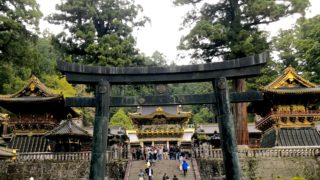

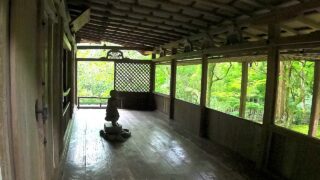
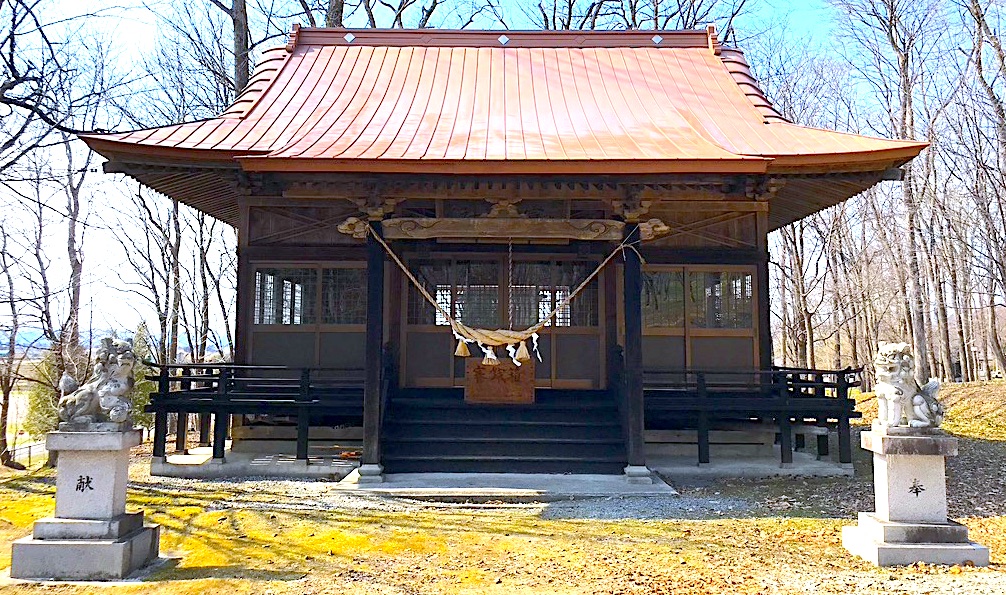


コメント